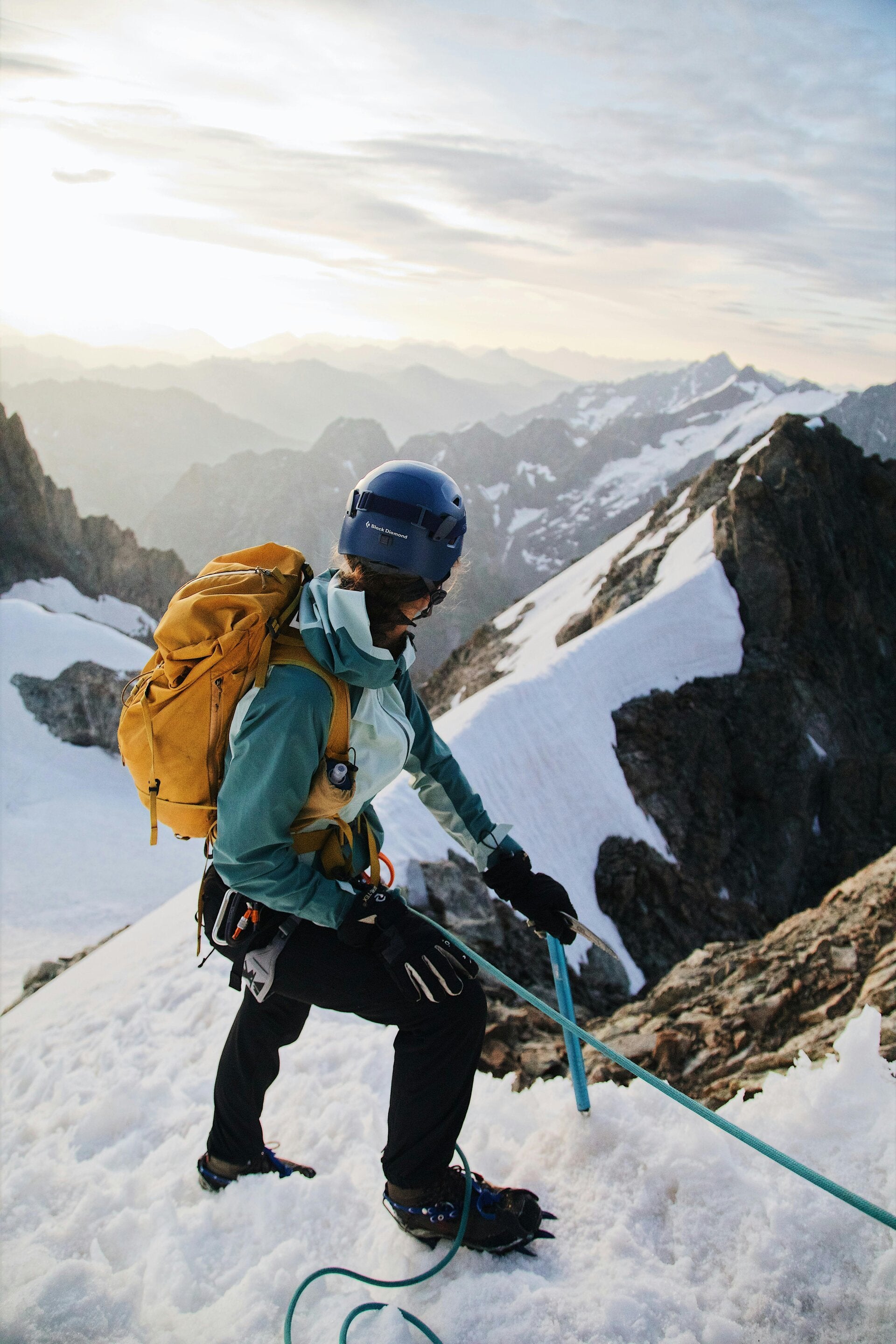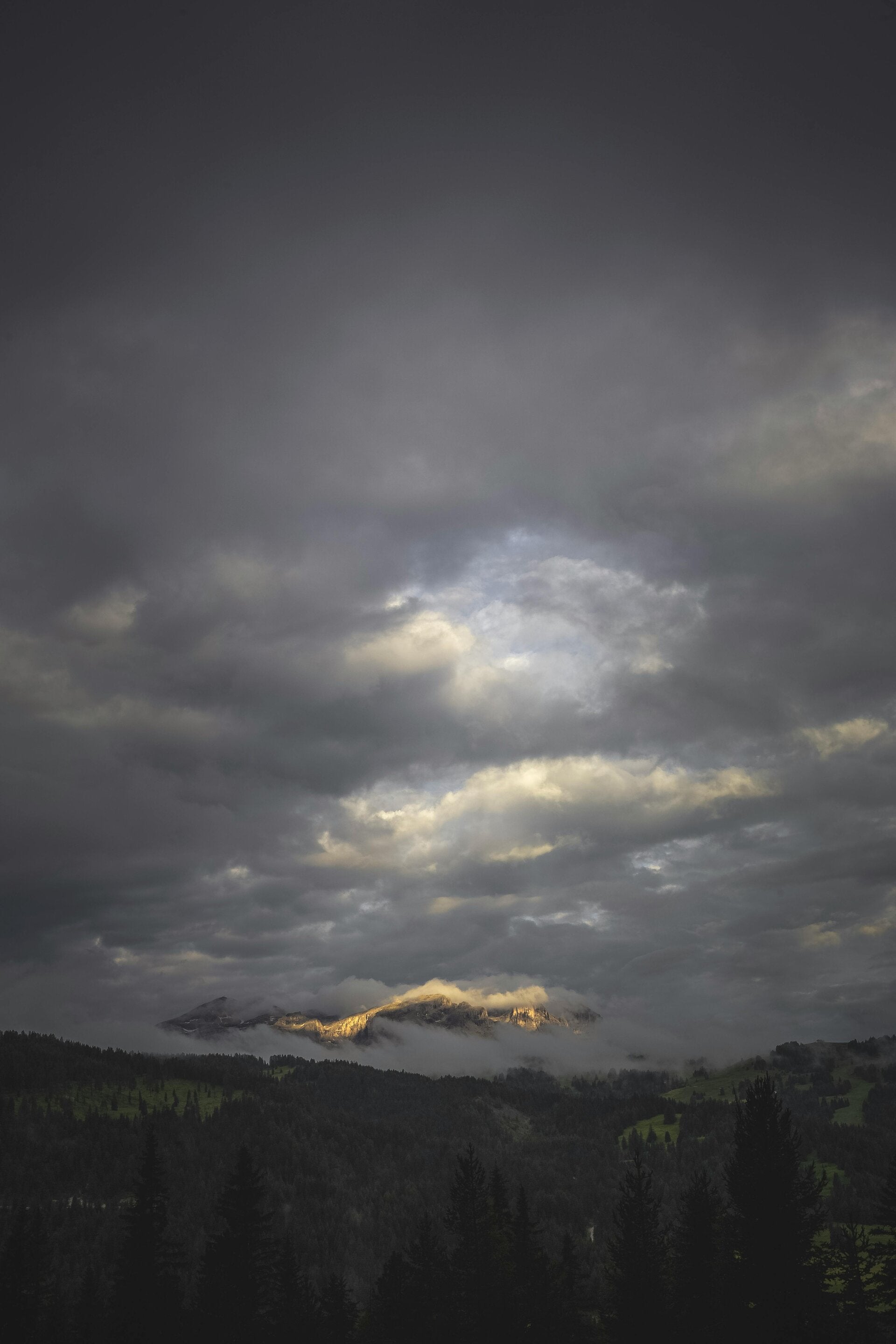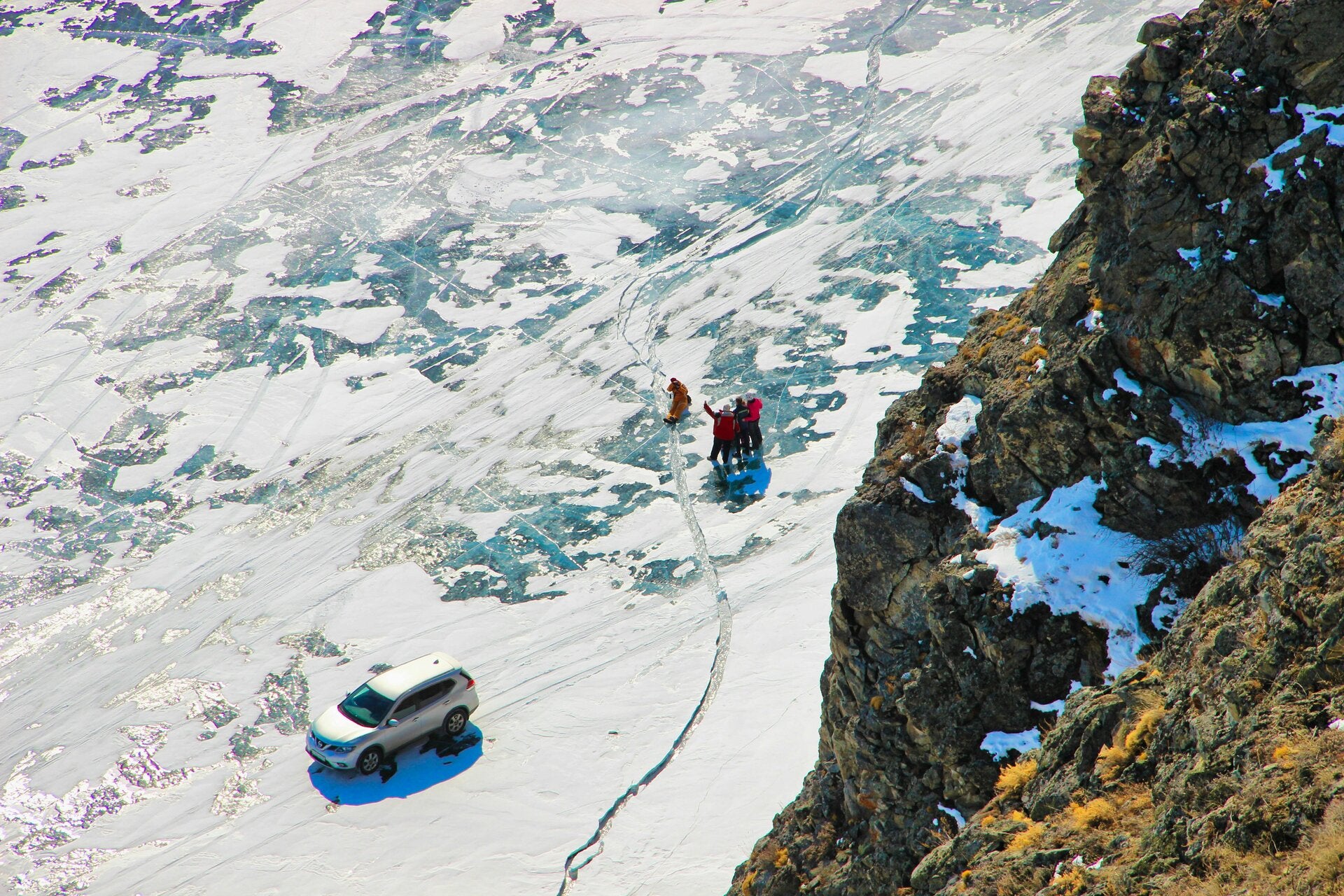Safety guidelines for Himalayan trekking
Your safety is our top priority at GlobalDealGuide. To ensure a safe and enjoyable trekking experience in the Himalayas, we've compiled these comprehensive guidelines. High-altitude trekking involves inherent risks, so please read these guidelines carefully and consult with our experts before your trip.

Physical preparation
To safely enjoy your Himalayan trek, adequate physical preparation is essential. Here's what we recommend:
Fitness Requirements
- Regular cardio exercise 4-6 months before trek
- Hiking with 15-20kg backpack for 6+ hours
- Leg strength training and endurance building
- Practice walking on uneven terrain
Medical Clearance
- Complete medical check-up before departure
- Cardiac stress test for trekkers over 50
- Disclose all medical conditions and medications
- Consider altitude sickness consultation

Altitude safety
Understanding and respecting altitude is critical for a safe trek.
Acclimatization Protocol
- Below 3,000m: Generally safe for most people. Gradual ascent recommended.
- 3,000m - 5,000m: Acclimatization days required. Maximum 500m gain per day.
- Above 5,000m: Extreme altitude. Professional guidance essential.
Altitude Sickness Symptoms
Mild Symptoms (AMS)
- Headache
- Nausea and vomiting
- Fatigue and weakness
- Dizziness
- Difficulty sleeping
Severe Symptoms (Emergency)
- Severe headache with coordination problems
- Persistent coughing with fluid
- Confusion or changes in behavior
- Shortness of breath at rest
- Blue lips or fingernails

Essential safety equipment
Having the right gear can significantly improve your safety and comfort.
Mandatory Items
- Quality sleeping bag (-20°C rated)
- Waterproof jacket and pants
- Insulated boots and crampons
- Headlamp with extra batteries
- First aid kit
Communication
- Satellite communication device
- Emergency whistle
- GPS device or smartphone with offline maps
- Emergency contact information
Weather Protection
- UV protection sunglasses
- High SPF sunscreen
- Warm hat and sun hat
- Insulated gloves

Weather considerations
The Himalayan weather can be unpredictable, so planning accordingly is vital.
Best Trekking Seasons
- Spring (March-May): Clear mountain views, blooming rhododendrons, stable weather
- Autumn (September-November): Excellent visibility, dry conditions, comfortable temperatures
Weather Hazards
- Sudden weather changes above 4,000m
- Monsoon season flash floods (June-August)
- Winter extreme cold and snow (December-February)
- High winds at passes and exposed ridges

Emergency procedures
Knowing what to do in an emergency can save lives.
Immediate Response
- Assess the situation and ensure your safety
- Provide immediate first aid if trained
- Contact your guide immediately
- Use emergency communication device
- Signal for help with whistle or mirror
- Stay calm and follow guide instructions
Evacuation Protocol
- Helicopter rescue available from most locations
- Travel insurance with evacuation coverage required
- Emergency contacts notified immediately
- Medical facilities in Kathmandu and major towns
- 24/7 emergency support from our base office
Need more help?
For more detailed guidance or assistance in planning your Himalayan trek, our team at GlobalDealGuide is here to help. Contact us to discuss your specific needs and ensure a safe and unforgettable adventure.

